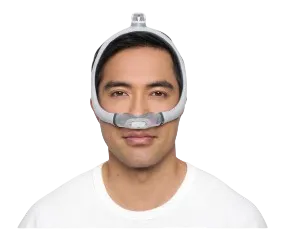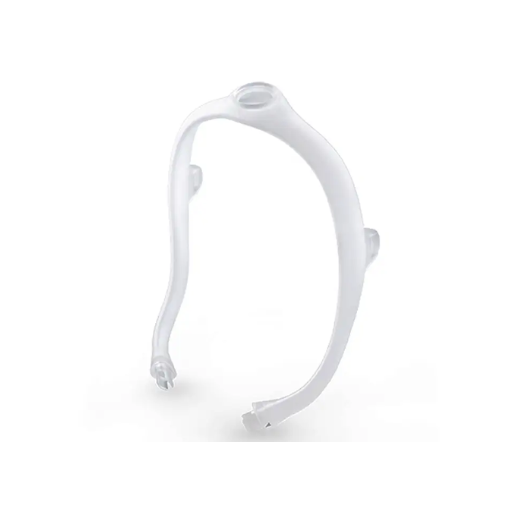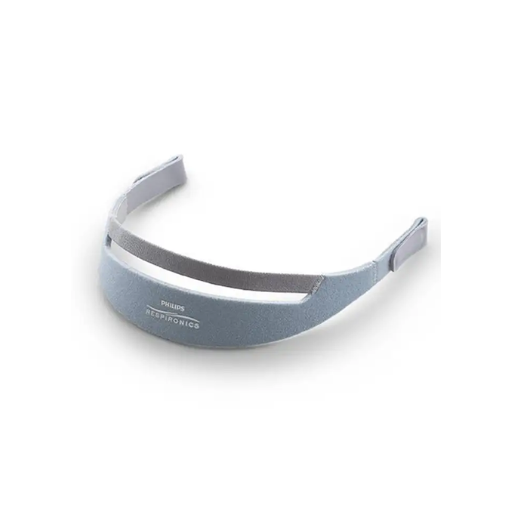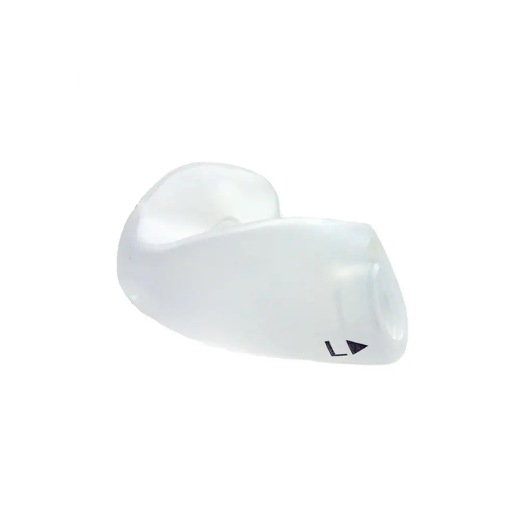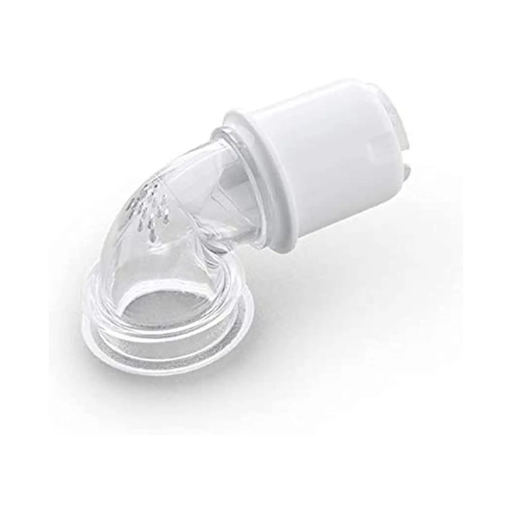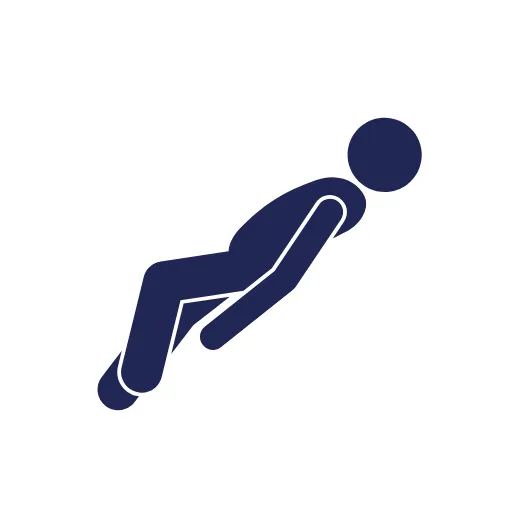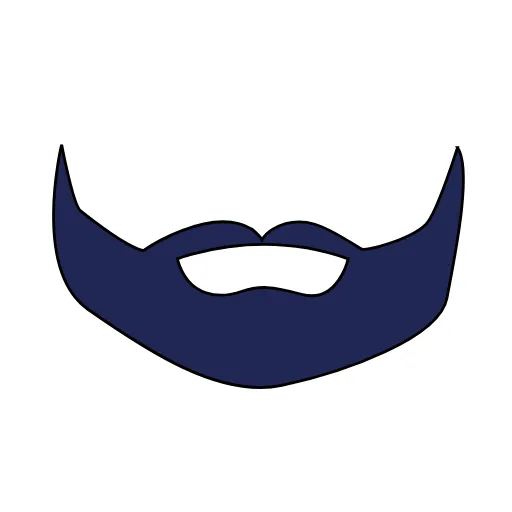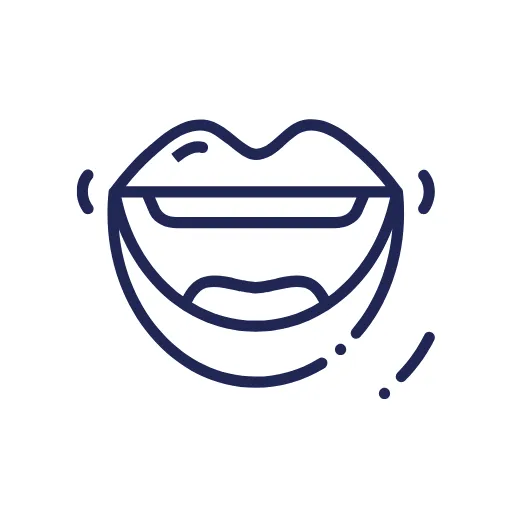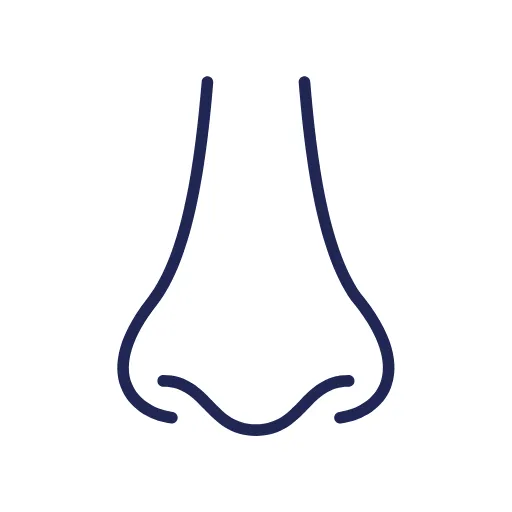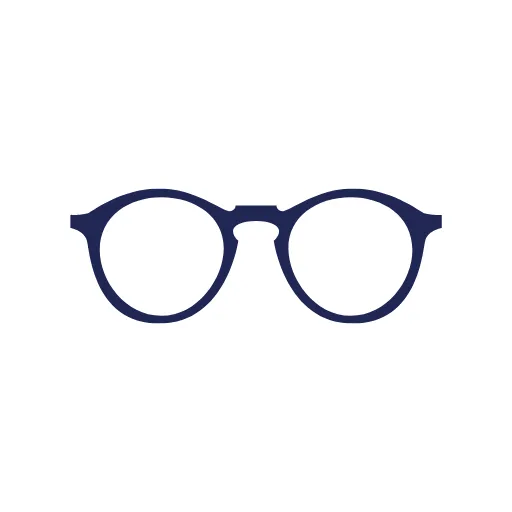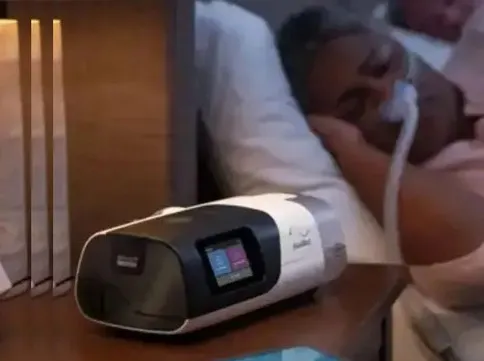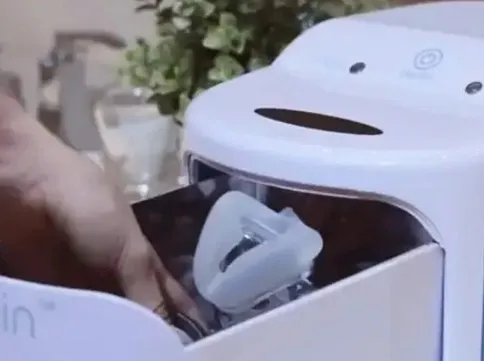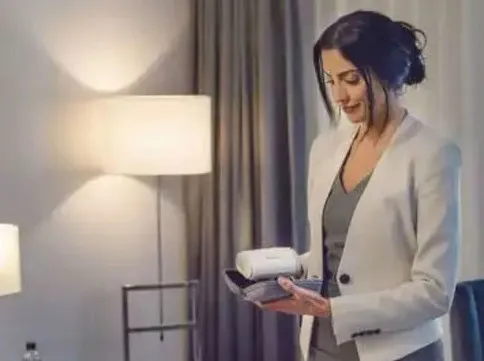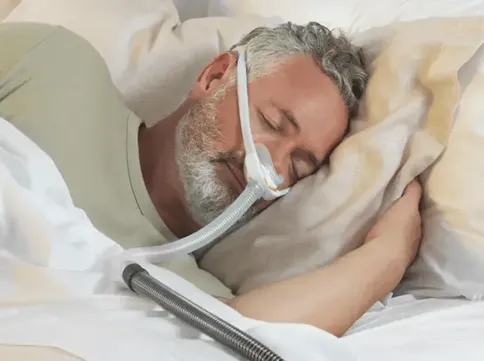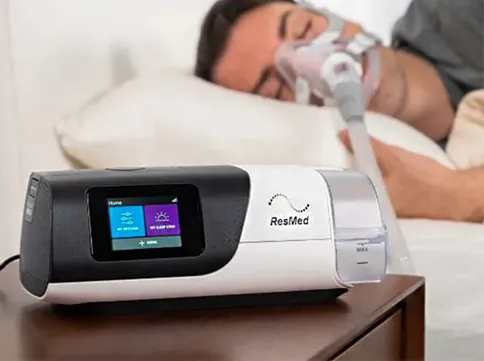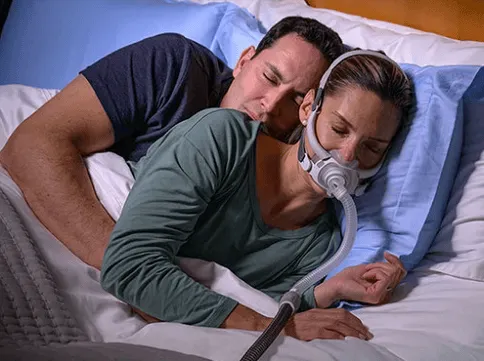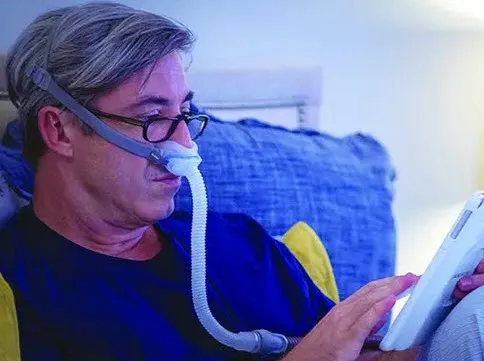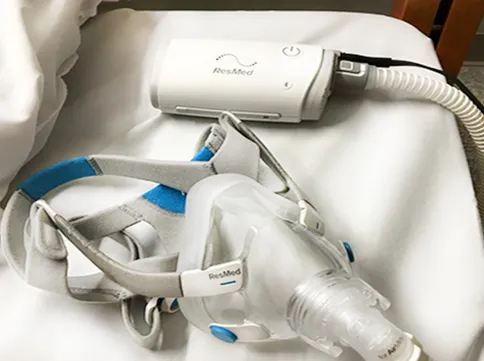Types of CPAP Masks
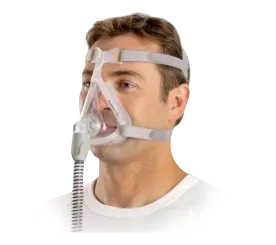

A full-face CPAP mask covers both the mouth and nose, making it ideal for mouth breathers. It can sustain higher pressure settings than other mask types and is well-suited for individuals with allergies, nasal congestion, or those who sleep on their backs.
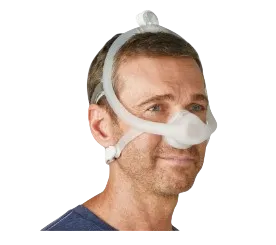

A nasal CPAP mask covers or cradles only the nose and features a minimal design, making it ideal for active sleepers or those who are claustrophobic. It is commonly secured in place by headgear that attaches to the mask frame.
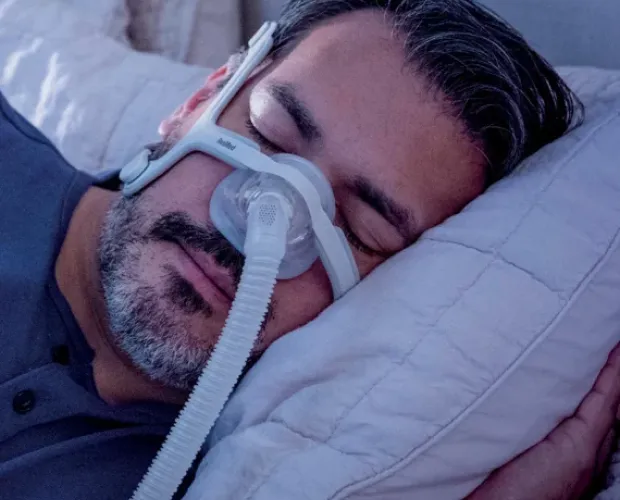

Things to Consider When Buying a CPAP Mask
A few questions to ask yourself...
- Do you breathe through your mouth or your nose while you sleep?
- Do you sleep on your stomach, back, or side?
- Do you move around in your sleep?
- Do you wear glasses to read a book or watch TV before bed?
- Are you claustrophobic?
- What CPAP pressure were you prescribed?
Want to Know What CPAP Mask is Best For You?
MaskFit AR is our 3D face scanning capability, able to be done all from home! The CPAP Shop has partnered with MaskFit AR to offer hassle-free, personalized shopping recommendations. Simply answer some questions, scan your face, and we’ll help you find the best mask that fits your needs.
CPAP Mask Brands


ResMed is the No.1 manufacturer of CPAP masks and continues to produce innovative and evolved CPAP products. ResMed has efficiently provided therapy to users by creating the popular AirTouch and AirFit family of CPAP masks.


As the world's largest CPAP equipment manufacturer, the Philips Respironics product line features some of the most comfortable CPAP masks available, including the DreamWear family of masks that sleep apnea patients rate highly.
Popular CPAP Masks for Every Lifestyle
Still Have Questions?
Our team at The CPAP Shop would be happy to help you!
Latest CPAP Mask Reviews & Fitting Tutorials
ResMed AirTouch N30i
Includes ResMed ‘s first-ever fully-wrapped fabric frame
Fisher & Paykel Solo Pillows
The world’s first AutoFit Mask, made stretch to fit with only one touch to adjust
ResMed AirFit F40
Features a very low-profile design for compact therapy in a full face mask design
Follow The CPAP Shop’s YouTube Page
Join our YouTube community! With 11,000 subscribers and counting, viewers of our page can watch CPAP tutorials,
product reviews, and learn tips and tricks to receive the best CPAP therapy possible.
11,770 +
Subscribers
190 +
Videos
5.3 Million
Views
Popular Articles about CPAP Masks
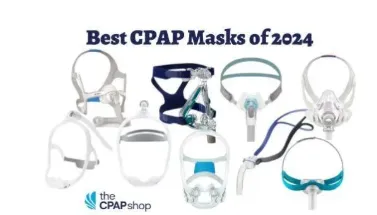

Best CPAP Masks of 2024
Compiled by our experts, reviewers, and customer ratings


Best CPAP Masks for Minimal Contact
nnovative lightweight designs that reduce facial contact for better comfort
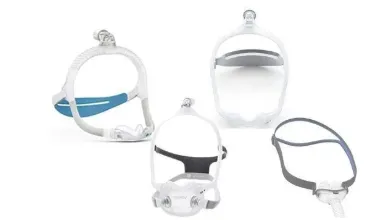

Best CPAP Masks Under $100
Find the best CPAP masks offered at an affordable price
CPAP Mask FAQs
CPAP therapy treats obstructive sleep apnea using both a machine and mask. They deliver pressurized air to a user’s airway to keep it open at night, reducing apneas and improving the symptoms of this sleep disorder. The air delivered to the sleep apnea patient is a predetermined setting that a doctor prescribes to fit the specific person’s needs. Finding a comfortable mask is the first step to finding long-term success with CPAP therapy.
There are several factors to a mask that you should consider when picking a CPAP mask. The best mask for you depends on how you sleep and your facial structure. The three main types of CPAP masks are nasal, full face, and nasal pillows, each designed in different ways to accommodate differing patients. If you breathe through your nose, try a nasal mask. If you breathe through your mouth or have nasal congestion, a full face mask may be more suitable. If you want the lowest profile mask, it’s recommended to use a nasal pillow mask. Some users need more clarification about the differences between nasal masks and nasal pillow masks as they are very similar in size and design, and some manufacturers make their parts interchangeable. Learn more about the comparison between the two styles of masks in this blog post.
Yes, the CPAP masks require a prescription prior to your purchase although you do not need to show a prescription if you want to purchase the CPAP mask parts separately. Submitting a prescription to The CPAP Shop is easy to do! Check our our submittal page here.
At The CPAP Shop, we are determined to make costs as low as possible for our customers so everyone has access to fair-priced CPAP products. To do so, we do not accept insurance and are an out-of-pocket retailer. Customers, however, can independently submit their receipt to their insurance provider for potential reimbursement. Learn more about cash pay here.
Yes, proper maintenance of your CPAP equipment is crucial to overall CPAP success and compliance. Without proper maintenance, CPAP equipment will not deliver the best therapy and will have a shorter overall lifespan, causing you to purchase parts more often. Check whether dirt or oil is present in your CPAP mask headgear and cushion every week. If so, gently clean it with soap and warm water. Additionally, it is recommended to clean your cushion every 30 days and the entire CPAP mask at least every 3 months to get the best performance out of your mask. Learn more about cleaning your CPAP parts in this blog.
Yes, it is safe to buy CPAP masks online, especially from a reputable medical supply retailer like The CPAP Shop that has been selling CPAP equipment online since 2004. Learn more about The CPAP Shop here.
5 Common Concerns About Starting CPAP Therapy
Don’t sweat it! Starting CPAP therapy can be a big adjustment, so having questions and concerns is completely normal.
The CPAP Shop is here to help ease that transition. Here are 5 common concerns new CPAP users often have:
This is one of the most common questions we hear. New users often worry about claustrophobia and discomfort and whether they will be able to move around while sleeping. To combat these feelings, make sure the mask you choose fits properly to you, as that is crucial to successful CPAP therapy. If you can’t tolerate your mask, you won’t use the machine.
It’s very normal to want to know how long it’ll take to start seeing symptom and overall health improvements to make sure the time and effort of CPAP therapy is paying off. The good news is CPAP therapy can start working almost immediately, with some patients noticing improvements after only one night of treatment. However, it may also take up to 1-2 weeks to fully adjust and see the benefits of treatment. Managing those expectations and understanding the benefits of therapy (increased energy, mood, health, and much more!) can motivate you to stick with therapy. As with many things, consistency is key!
Dry mouth, nasal congestion, skin irritation, and swallowing air are all potential side effects that can worry new users. Addressing these concerns upfront allows you to learn about solutions and preventative measures, like using a humidifier (used to add moisture to the air for more comfortable therapy) and adjusting your CPAP mask to fit correctly on your face.
CPAP machines and masks require regular cleaning to prevent the build-up of germs an bacteria (that can cause infections) and ensure proper function. This can feel overwhelming at first having to stick to a new routine, but patients will quickly learn that proper cleaning is essential for your health and the longevity of your equipment. A clear understanding of the process will make it less daunting.
CPAP therapy is a long-term commitment, and you will need to figure out how to integrate it into your daily life and social situations to see optimal results. Thankfully, CPAP products vary in size, noise level, and design to accommodate users whether they are traveling, sharing a bed with their partner, and more. Addressing your specific lifestyle habits and concerns can help you develop strategies for managing CPAP use in various situations, leading to greater adherence and overall success.



